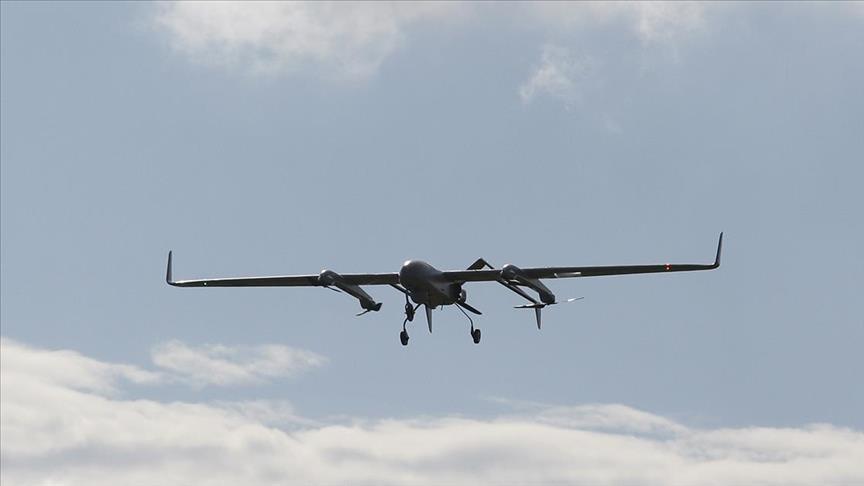The Evolution and Impact of Russian Drones

Introduction
Russian drones have evolved into a critical component of modern warfare, demonstrating their capabilities in recent military conflicts. With advancements in technology, the use of unmanned aerial vehicles (UAVs) by the Russian military has garnered international attention and has implications for global security dynamics. Understanding the development and deployment of these drones is important as it highlights shifts in military strategy and geopolitical tensions.
History and Development
Russia has invested heavily in drone technology since the early 2000s, transitioning from primarily surveillance functions to offensive operations. Innovations in drone design and capabilities have been a priority for the Russian military, with models such as the Orion and the Forpost-M gaining recognition for their endurance and payload capacity.
Current Usage in Conflicts
In recent months, the use of Russian drones has been prominently noted in the ongoing conflict in Ukraine. Ukrainian forces have reported various instances of drone strikes targeting infrastructure and military assets. According to a recent report from the Ukrainian military, over 1,000 drone attacks were recorded in September alone, a significant uptick that reflects increased reliance on UAVs.
Moreover, Russia has been using drone technology for reconnaissance, providing real-time intelligence and enhancing battle coordination. Noteworthy is the integration of drones with artillery systems, allowing for precise targeting and minimising collateral damage.
International Reactions
The emergence of Russian drone technology has sparked concern among NATO allies and prompted discussions regarding countermeasures and military readiness. Countries such as the United States and those in the European Union are assessing their own drone capabilities and considering investments to bolster their aerial defence systems. The potential for an escalation of drone warfare raises alarms about future conflicts and the need for arms control discussions.
Conclusion
The increasing sophistication and deployment of Russian drones are reshaping military operations and international relations. As technological advancements continue, the use of UAVs is likely to expand, signalling a shift in how wars are fought in the modern era. Observers predict that ongoing developments in drone warfare will compel nations to adapt their strategies, adopt new technologies, and navigate the complex ethical implications posed by autonomous systems in combat.
